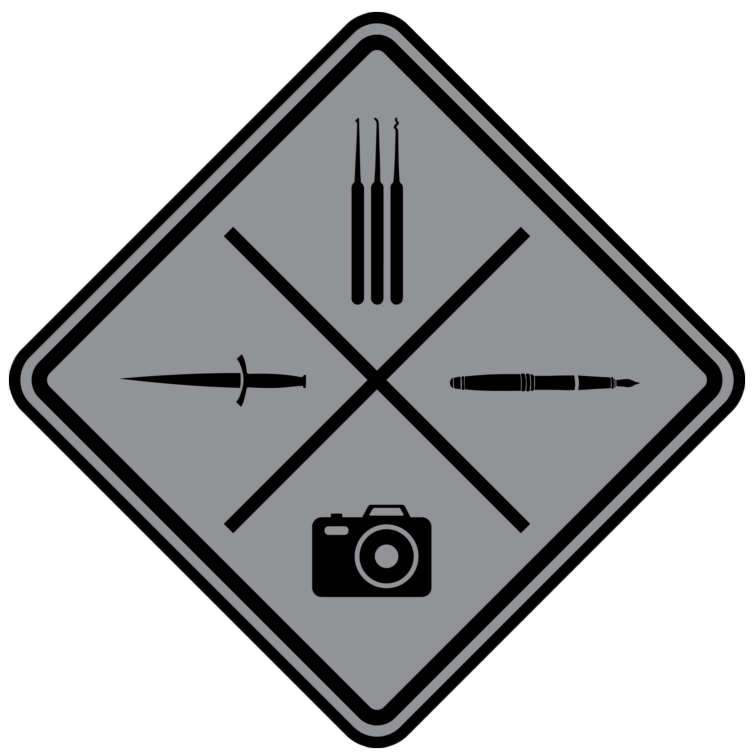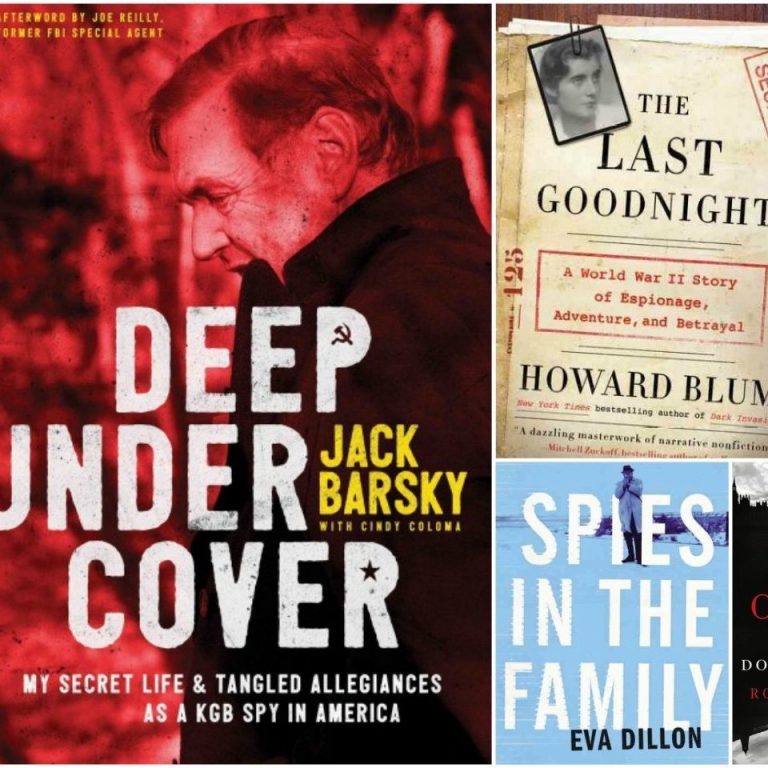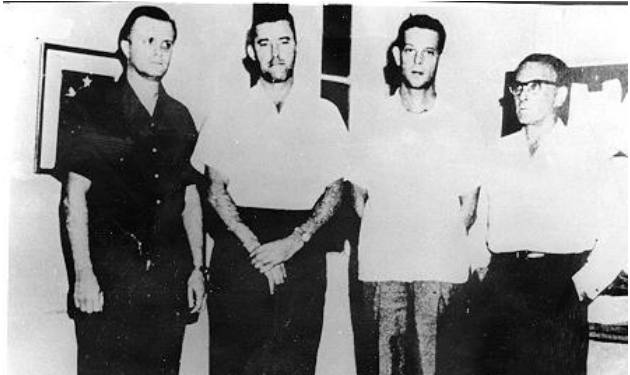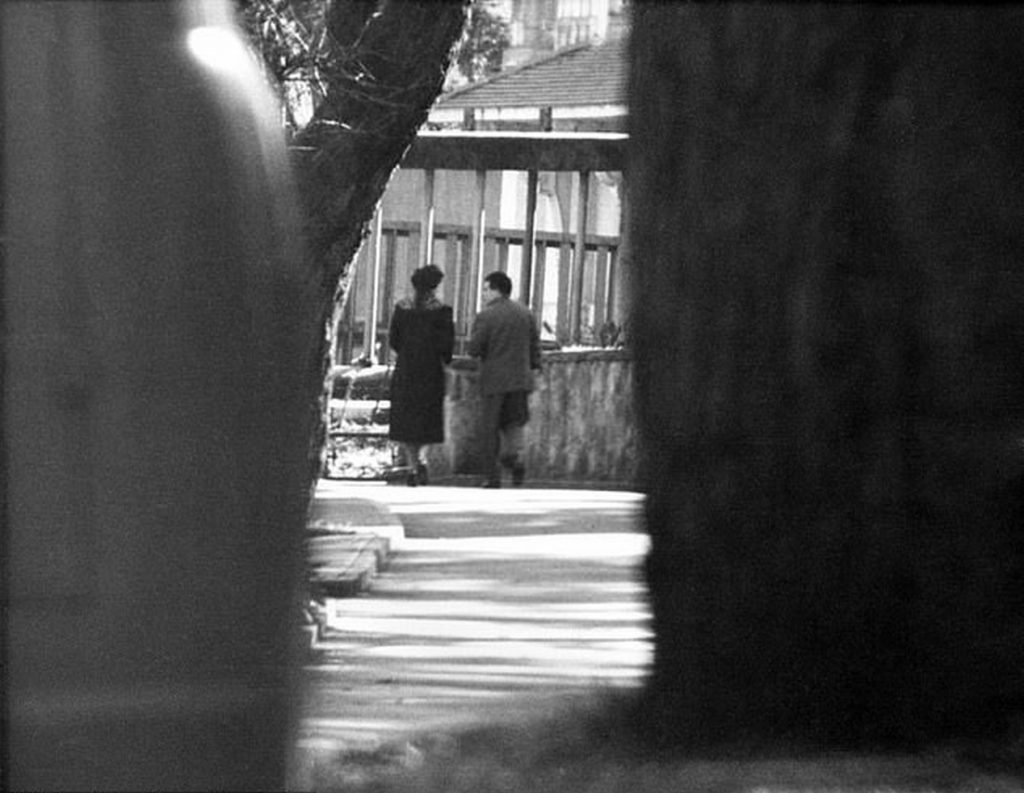
In 1958, a Soviet diplomat and KGB agent named Everly Lutsky approached Kay Marshall, who worked as a passport officer for the British High Commission in New Zealand and asked her to attend a concert with him as his date.
Marshall reported the contact to security personnel, and they recognized it as the first stage of the agent recruitment process. The New Zealand Security Intelligence Service asked Marshall to attend the concert with Lutsky and feign romantic interest in him. She agreed and unknowingly set in motion a major operation. Within months, Lutsky asked Marshall to provide him with classified documents from her office, and she passed along fake top-secret documents provided by the SIS. For two years she worked as a low-level double agent, but later moved to Australia to work with the ASIO.
Once in Australia, she was contacted by another KGB agent, this one much higher up the food chain than Lutsky. Her new contact was Ivan Skripov, the chief of KGB operations in Australia, whom she first met at the Taronga Zoo Park in early 1961.
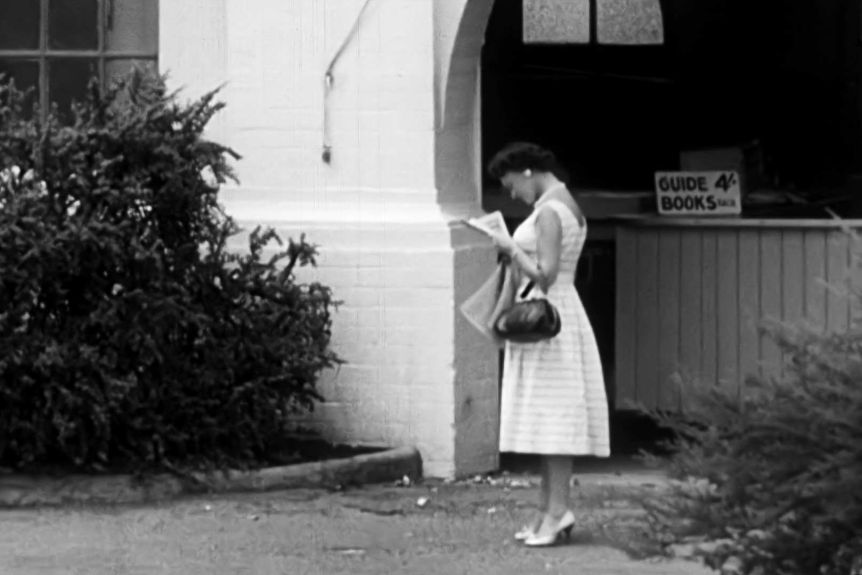
In 1958, a Soviet diplomat and KGB agent named Everly Lutsky approached Kay Marshall, who worked as a passport officer for the British High Commission in New Zealand and asked her to attend a concert with him as his date.
Marshall reported the contact to security personnel, and they recognized it as the first stage of the agent recruitment process. The New Zealand Security Intelligence Service asked Marshall to attend the concert with Lutsky and feign romantic interest in him. She agreed and unknowingly set in motion a major operation. Within months, Lutsky asked Marshall to provide him with classified documents from her office, and she passed along fake top-secret documents provided by the SIS. For two years she worked as a low-level double agent, but later moved to Australia to work with the ASIO.
Once in Australia, she was contacted by another KGB agent, this one much higher up the food chain than Lutsky. Her new contact was Ivan Skripov, the chief of KGB operations in Australia, whom she first met at the Taronga Zoo Park in early 1961.
Over the course of more than a dozen meetings Skripov tested her, gradually escalating her taskings. She was instructed to find booby-trapped message containers hidden in different locations all over the city. On one occasion she retrieved a cylinder in a water meter, another time she recovered a package hidden in the iron railing of a stairway. He also taught the chemical process to read messages written in invisible ink. As she successfully completed tasks, Skripov paid her small amounts of money, totaling $952 in the end.
Marshall eventually received a hair dryer as a Christmas gift from Skripov. The hair dryer contained a high-tech transmitter which could compress a long radio message into a short burst, undetectable by Australian signals intelligence. Marshall’s final mission was to travel to Adelaide and pass this burst transmitter to another KGB agent. She did not know who she would meet, only the date, time, and recognition symbols he would use.
On the day of the scheduled meeting, ASIO counterintelligence agents surrounded the meeting spot, prepared to arrest whoever arrived. However, no one approached Marshall as she waited. Eventually she left the scene. The Australian government decided not to continue with the double agent operation any longer, and formally ordered Skripov out of the country, declaring him persona non grata. The event was widely reported in Australian and international media as the Skripov Affair. Marshall’s name was not released for many years, and she was referred to simply as “Miss X” in reports of the day. Her code name during the operation had been “Sylvia”.
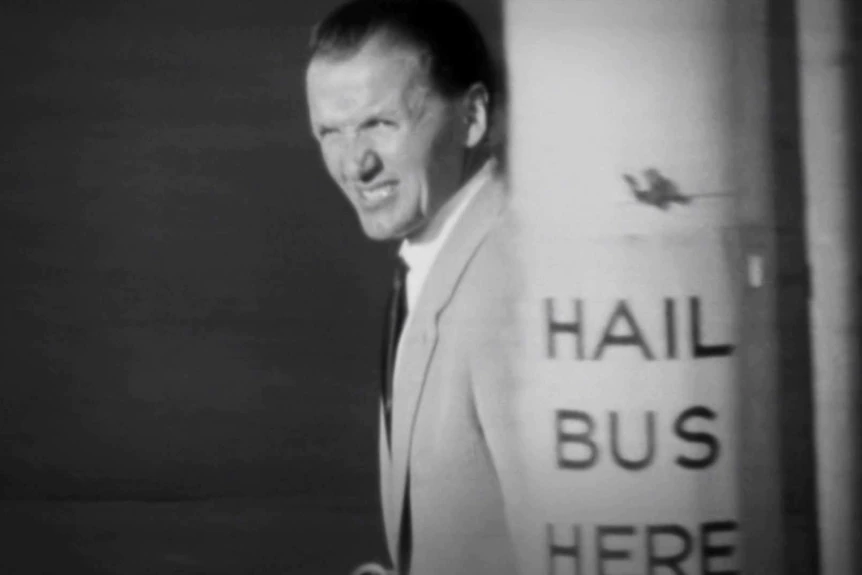
For nearly sixty years, questions remained about why the final meeting never took place. Then, in mid-2020, researchers finally discovered the identity of the mystery agent. His name was Stanislaw Kilanski, a Polish immigrant to Australia, and a member of the Communist Party. When Kilanski arrived across the street posing as a wedding photographer for a nearby event, he appeared to notice the ASIO surveillance agents and fled the scene.
Three days later he was found dead, apparently from suicide by hanging at an Adelaide golf course. The connection between the suicide victim and the missed meeting three days prior was not made for more than half a century. Kilanski was believed to be an additional cutout for Horace Allen Pile, a fervent communist who worked on the fringes of the Weapons Research Establishment, home to a ballistic missile testing range. Historians surmise that Pile was working at the time as an agent for the KGB and needed the burst transmitter to securely communicate with them but could not risk being seen to meet with them himself.
ASIO had a surprisingly large role to play in Cold War espionage, and this history is well documented in The Spy Catchers: The Official Histoy of ASIO 1949-1963 by David Horner.
